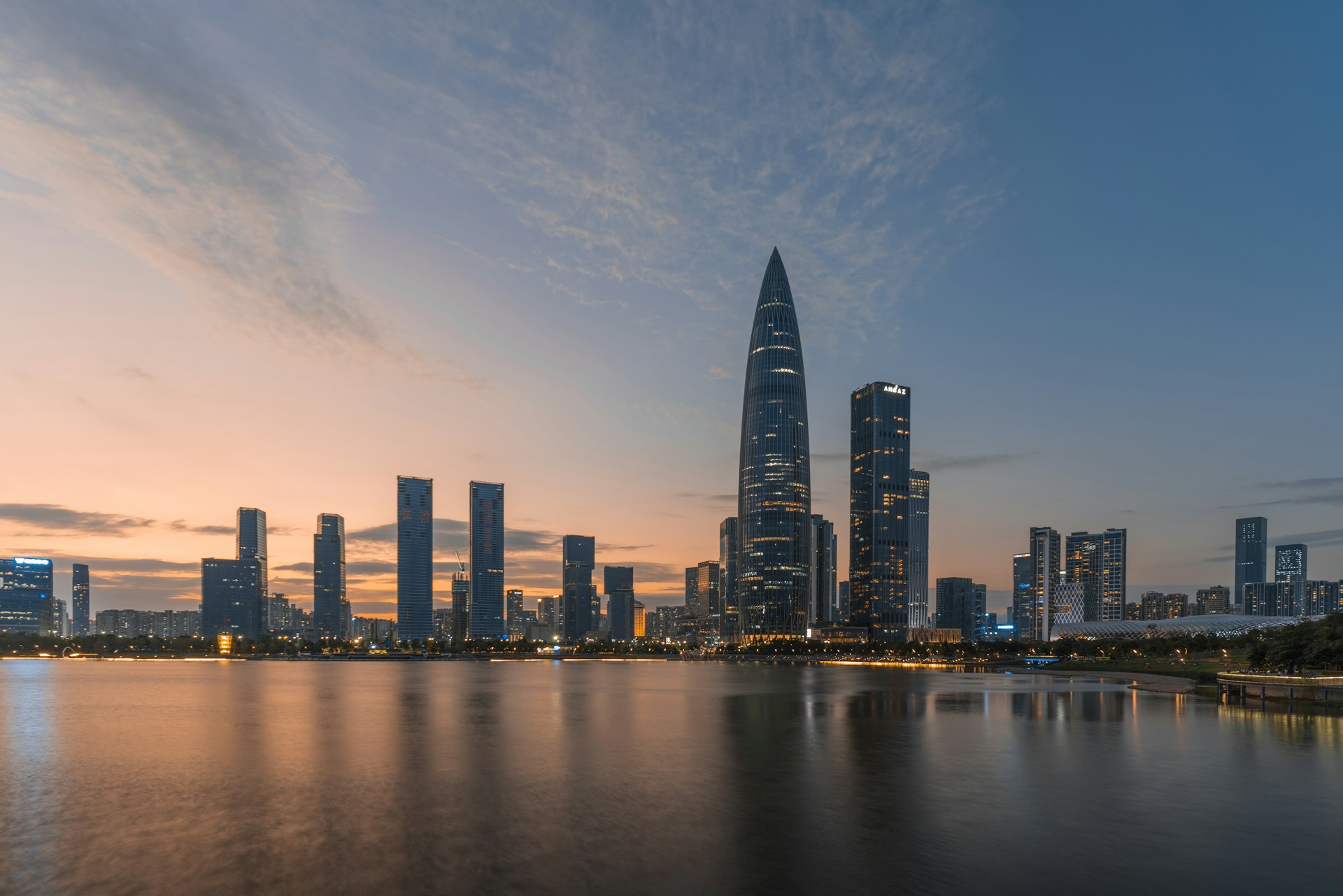Accelerating Smart City Transitions
Around the globe, cities are being reimagined. Most nations have charted a plan to transform their urban centers into smart cities, retrofitted with state-of-the-art technologies.
Leading this transformation is China, which is heavily investing in the creation of smart cities. Shanghai, Hangzhou, Shenzhen, and Beijing are among the earliest cities to have begun the transformation process, offering valuable insights for other cities.
China’s ambitions for digital transformation were formalized as early as 2011 with the announcement of its 12th Five-Year Plan, which outlined a comprehensive strategy for developing “digital cities”. Under this plan, Beijing prioritized the rapid establishment of next-generation IT infrastructure, mobile communication networks, internet connectivity, digital broadcasting systems, satellite communication capabilities, and an advanced national trunk transmission network, forming the bedrock of its smart city initiatives.
In 2020, China’s National People’s Congress cemented its commitment to technological advancement by approving a substantial fiscal package of US$1.4 trillion. This funding aimed to propel innovations in 5G, artificial intelligence, new energy vehicles, cloud computing, blockchain technology, and the Internet of Things (IoT), all of which are pivotal components of China’s urban landscape.
Yet, as nations embark on their smart city endeavors, they grapple with crucial issues surrounding standardization, redesign complexities, and the imperative to ensure inclusivity in their visions for urban innovation.
Standardization Dilemma
There is no universally accepted definition of a smart city. Every country is approaching its smart city initiative depending on its level of development, willingness to change and reform, resources and aspirations of its residents.
This is due to the unique needs, potentials, local and cultural contexts of each city. Singapore, known as one of the smartest cities, has a unique approach to being a smart city. The nation-state believes in centrally houses a great amount of data collected from its citizens, rather than relying on an individual company. On the other end of the spectrum, we can see the government of India entering into partnerships and joint ventures with large Indian private companies to realize its Smart Cities Mission. Similarly, Vietnam’s government is also working with US companies to design and build infrastructure and technological capabilities for its cities.
Despite these localized definitions, a lack of overarching national standards persist. Establishing a comprehensive framework for describing smart cities is crucial for facilitating comparisons, benchmarking progress, and fostering collaboration. Such standards should encompass key dimensions like infrastructure, governance, sustainability and social inclusivity, enabling cities to align their strategies and measure their effectiveness accurately.
Aware of this, ASEAN countries endorsed the ASEAN Smart City Framework, a non-binding guide to facilitate smart city development in each city within the ASEAN Smart Cities Network (ASCN). The framework focuses on people-oriented, people-centered solutions and livability, contributing to enhancing mutual understanding across cultures. It also aims to address urban challenges such as city congestion, water/air quality, poverty, rising inequalities, the urban-rural divide, as well as people’s security and safety.
Primary Issues Facing the Redesign of Megacities
Many Asian countries are experiencing rapid urbanization, leading to challenges in managing population growth, infrastructure development, and resource allocation. This is turning out to be one of the primary issues in the redesign of megacities in Asia.
Nearly 6 of 10 people (59.22%) living in the world, reside in Asia. The region is also home to two of the world’s most populated countries – China and India. Asia is also facing the problem of heavy urbanization. China is facing an immense problem of rural migration to its urban cities. This has led to many villages being labeled as ghost towns with abandoned farmlands and houses.
But this increased movement to cities has also put a strain on the existing infrastructure, urging the need for more efficient and sustainable infrastructure to accommodate the growing population.
Urban centers suffering from overpopulation are increasingly recognized as significant contributors to environmental degradation and climate change. Issues such as air pollution, inadequate wastewater treatment, and inefficient solid waste management persistently plague these cities. Particularly in the Asia Pacific region, these urban areas are significant sources of greenhouse gas emissions, exacerbating global climate issues. Moreover, they face heightened vulnerability to climate-related disasters like flooding, landslides, heatwaves and droughts. These urban challenges also have significant impacts on the national economies.
Best Visions for Livability
Nevertheless, several Asian cities are tackling these urban issues through initiatives spanning multiple sectors including renewable energy, carbon finance, transport, land use, information and communication technology, climate action plans, building energy efficiency, solid waste management, sustainable and low-carbon communities with climate resilience.
Indonesia is tapping into its rich geothermal resources to produce 170 MW of clean energy. This new power project is the country’s effort to decarbonize and meet its goal of reducing its emissions by 29% by 2030.
The city of Shanghai implemented a real-time urban flood forecasting and warning system to allow online monitoring and simulation of flood events, providing a prediction of the scale, timing, and location of impending floods for the city’s 6 million inhabitants.
As nations worldwide accelerate their smart city transitions, they must confront the multifaceted challenges of standardization, redesign complexities, and social inclusivity. Collaborative efforts such as the ASEAN Smart City Framework offer a promising path forward, emphasizing people-oriented solutions and livability. With the pressing issues of rapid urbanization, strained infrastructure, and environmental sustainability looming large, cities across Asia are embracing innovative strategies to enhance livability and resilience. By harnessing technology, fostering collaboration, and prioritizing the well-being of citizens, Asian cities can chart a course towards a smarter, more sustainable urban future.
Photo Caption: Nanshan District in Shenzhen.




